8 Pretty Plants That Keep Fruit Flies Away – and Look Absolutely Charming on Your Kitchen Windowsill
Banish pesky insects the natural way with these beautiful plants that repel fruit flies – or even kill them – and thrive on a sunny windowsill.
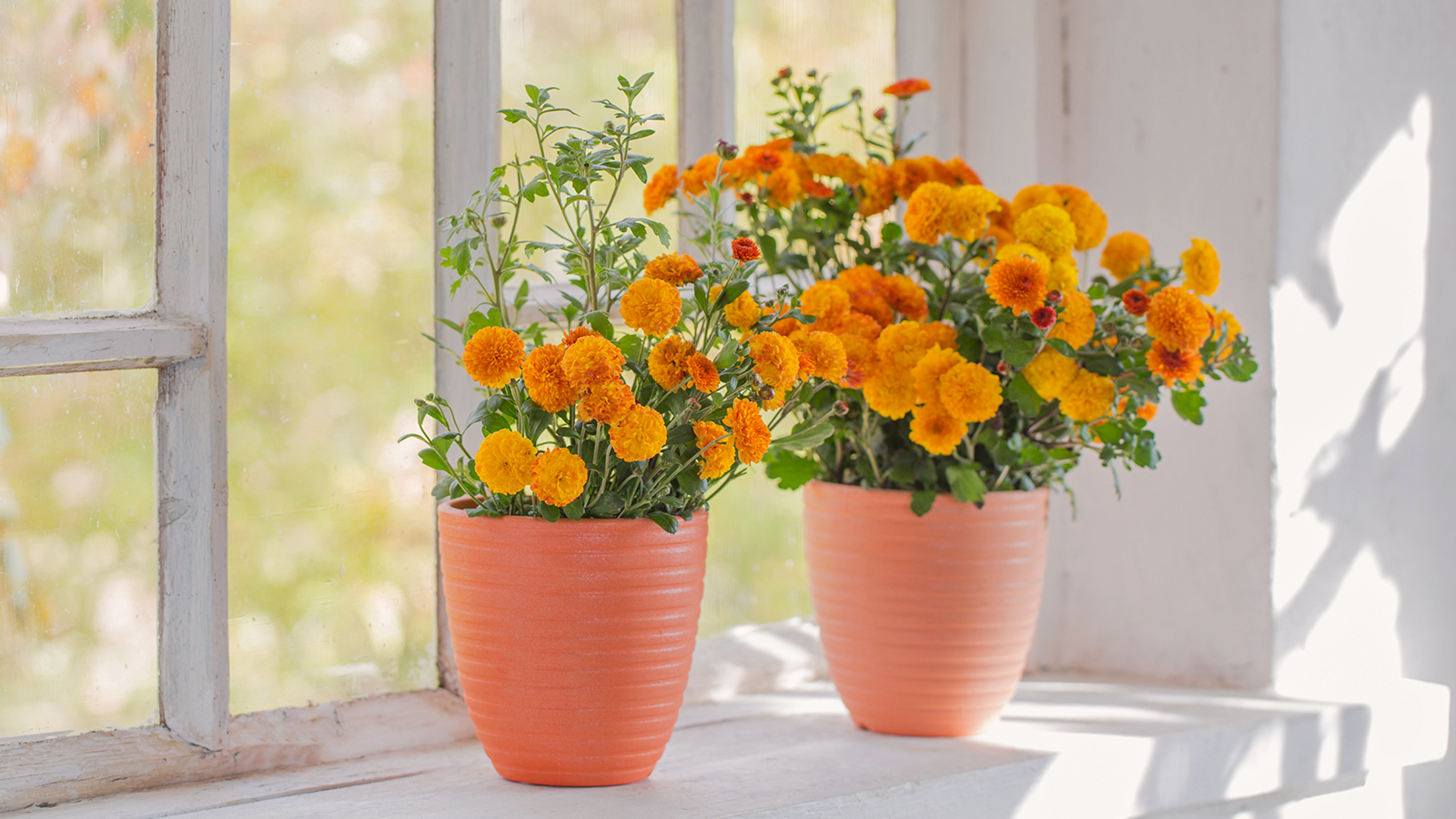
As temperatures rise, fruit flies often become a nuisance, prompting many of us to seek ways to repel them. These tiny fliers aren’t particularly dangerous, but they are a serious annoyance and can contaminate our food. There are many home remedies, as well as some particularly noxious chemical sprays, to eradicate the pests once they take up residence in your home. But wouldn't it be best to keep them from even setting up housekeeping in the first place? That's where plants that repel fruit flies come in.
Plants may be one of your best weapons at deterring not only fruit flies but also other pests such as house flies and even mosquitoes. Certain plants contain fragrant essential oils and chemicals that fruit flies dislike. In fact, many are used in preparations available for purchase as organic pest control. While fruit fly repellent plants won't completely eliminate an infestation, they will help prevent one.
In addition to peppering the home with some of these plants, use traps such as the Zevo Flying Insect Trap, available at Amazon, which uses blue and UV light to attract fruit flies, gnats, and more. You can also make a DIY trap using apple cider vinegar and dish soap to drown the flies.
These plants that deter fruit flies are not only non-toxic repellents, but they also add beauty and life to the home.
1. Lavender
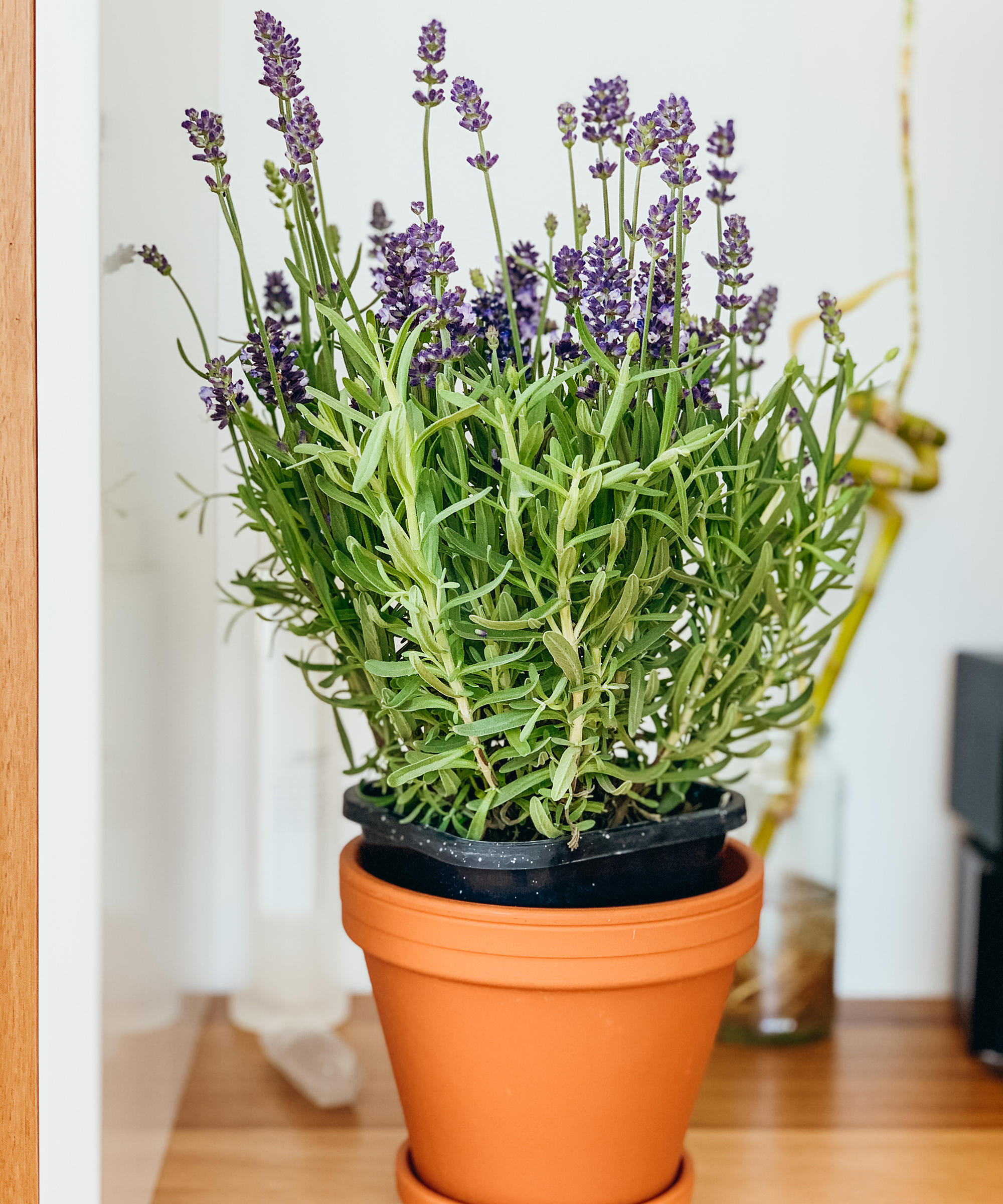
Known for its beautiful purple flower spikes and striking scent, lavender has several useful compounds to prevent fruit flies. Linalool, camphor, and linalyl acetate are known to be offensive to certain bugs. There are around 450 lavender species in many sizes, each bearing these unique compounds.
When grown outside the home, lavender provides some control, but growing lavender indoors or in a window box provides the best repellent. Starting lavender from seed will allow for smaller indoor plants. Munstead English lavender is a good variety to grow indoors – try these Munstead seeds from Survival Seeds at Amazon.
Alternatively, you can harvest flower spikes from the garden and set them in a vase in the kitchen. Or dry them and make sachets that are strategically placed around the home.
Sign up for the Gardening Know How newsletter today and receive a free copy of our e-book "How to Grow Delicious Tomatoes".
2. Mint
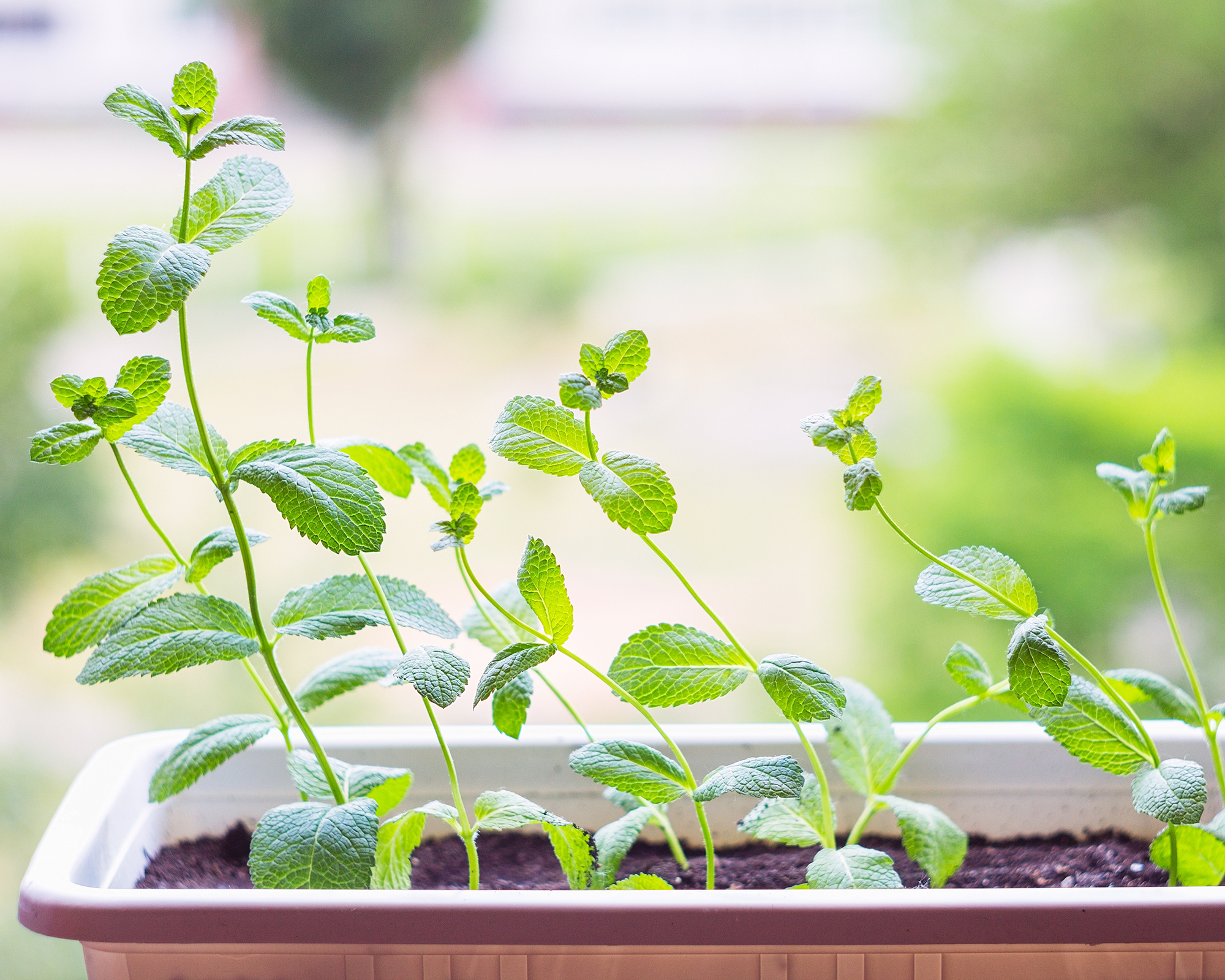
Insects are attracted by a variety of scents and can detect desired smells from 100 feet away. In order to repel these pests, it is useful to mask such scents. Strong smells like that of mint are extremely effective in covering up the odors of food. You can grow mint indoors and keep a little potted plant in the kitchen window, or, much like lavender, use the mint leaves from the garden, either fresh or dried.
Walmart sells a fantastic variety of mint plants to order for delivery or to collect in-store.
3. Sundew

If such strong scents bother you, then you may want to consider a plant that will kill fruit flies instead. Sundews are carnivorous plants. They emit a scent that attracts insects. The sticky tentacles on the leaf portion of the plant’s body will entrap any insects that land or crawl upon the leaf. The plant produces enzymes that will break down the insect's body and let the sundew feast on its juices. Be careful not to water these plants with tap water, as they are sensitive – use rain or distilled water.
Order a Cape Sundew plant from Wellspring Gardens via Amazon.
4. Basil

Basil, with its strong, almost licorice scent, is a powerful fruit fly control. There are many varieties of basil, but any will work, although the scents differ slightly. Learn how to grow basil indoors and keep a little potted plant in the kitchen to keep fruit flies from your counters. As a bonus, basil brightens up many of our favorite dishes.
It's easy to grow basil from seed – try this Seed Needs Culinary Basil Seed Collection from Amazon, which contains eight different basil varieties to raise your culinary game while repelling pests.
5. Lemongrass
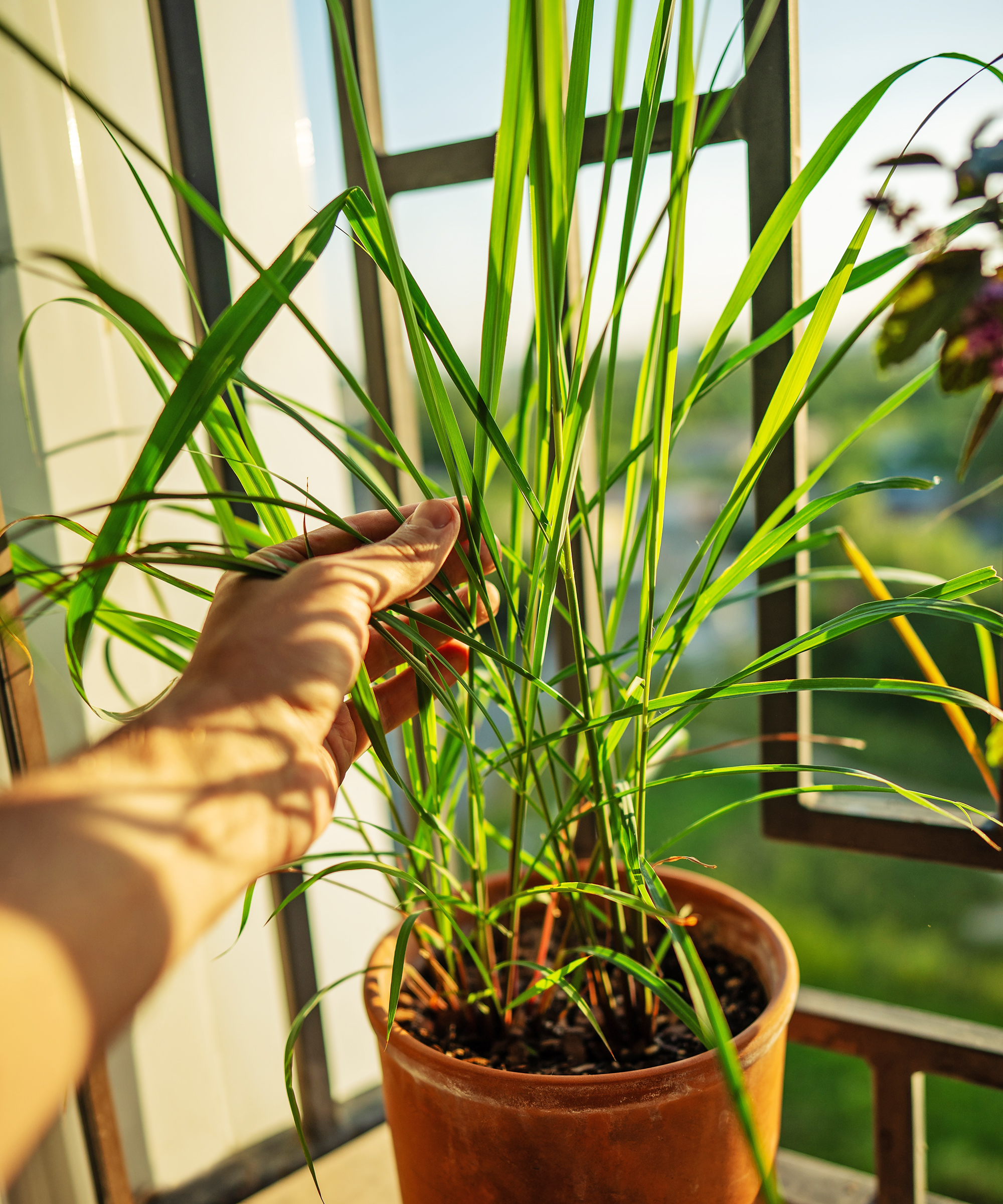
Lemongrass is a tropical plant that won’t do well in many zones. But as a potted specimen grown indoors, the citrus-scented stalks are a powerful repellent for fruit flies and other pests. While it will release a bit of scent on its own, for more control, gently press the stems and brush the leaves to help the plant release more of its essential oil.
This National Plant Network lemongrass plant from Walmart is ideal for keeping pests at bay.
6. Chrysanthemum
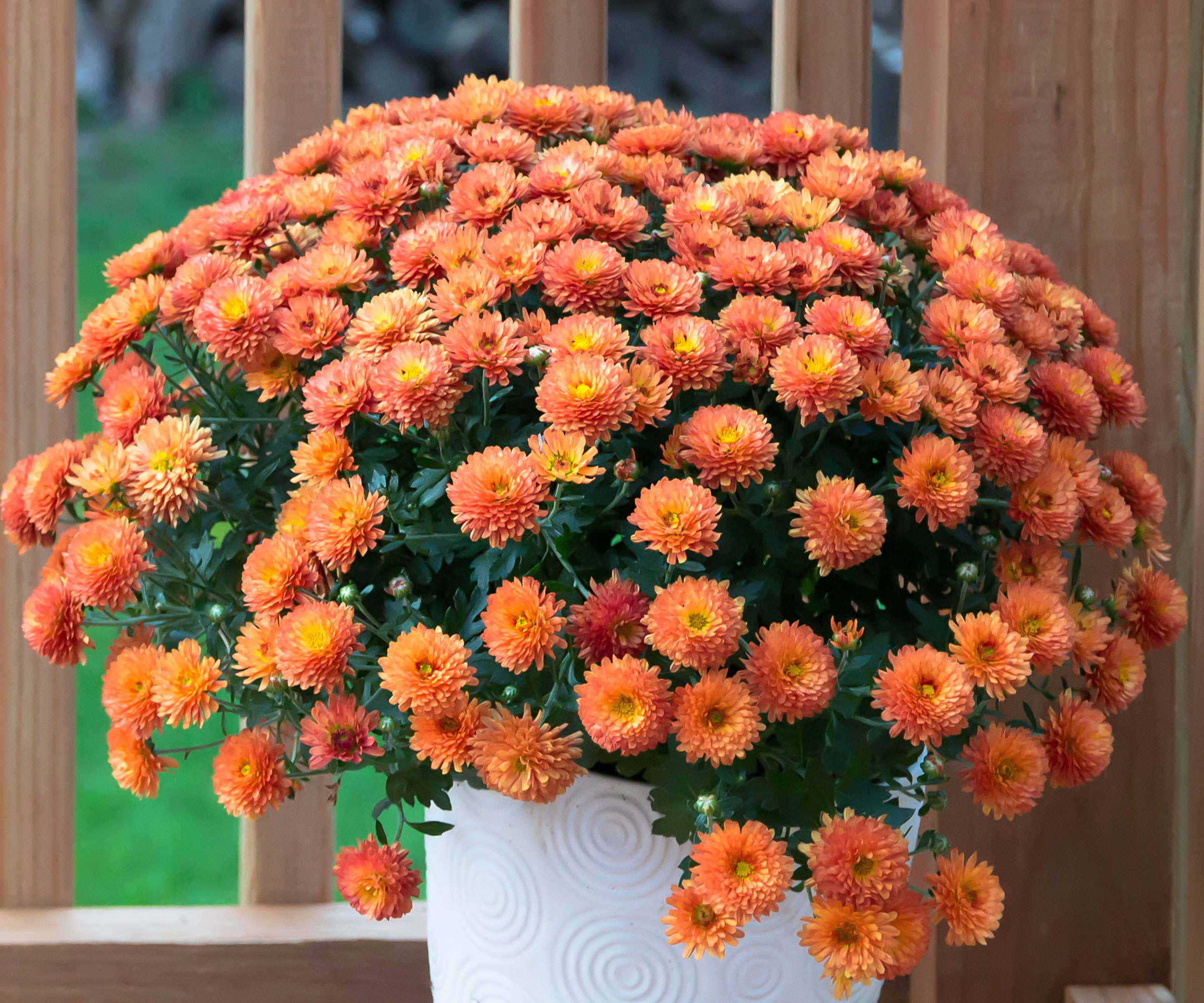
More commonly known as mums, chrysanthemums are readily available either at nursery centers or groceries and floral shops. The cheerful flowers are a perfect adornment for the home, but they also contain pyrethrum. This chemical paralyzes an insect's nervous system and leads to its death. So you can grow mums indoors to enjoy the flowers and lacy leaves, and the fruit flies will be no more.
These Expert Gardener chrysanthemums from Walmart come in a choice of three colors to suit your style.
7. Venus Fly Trap
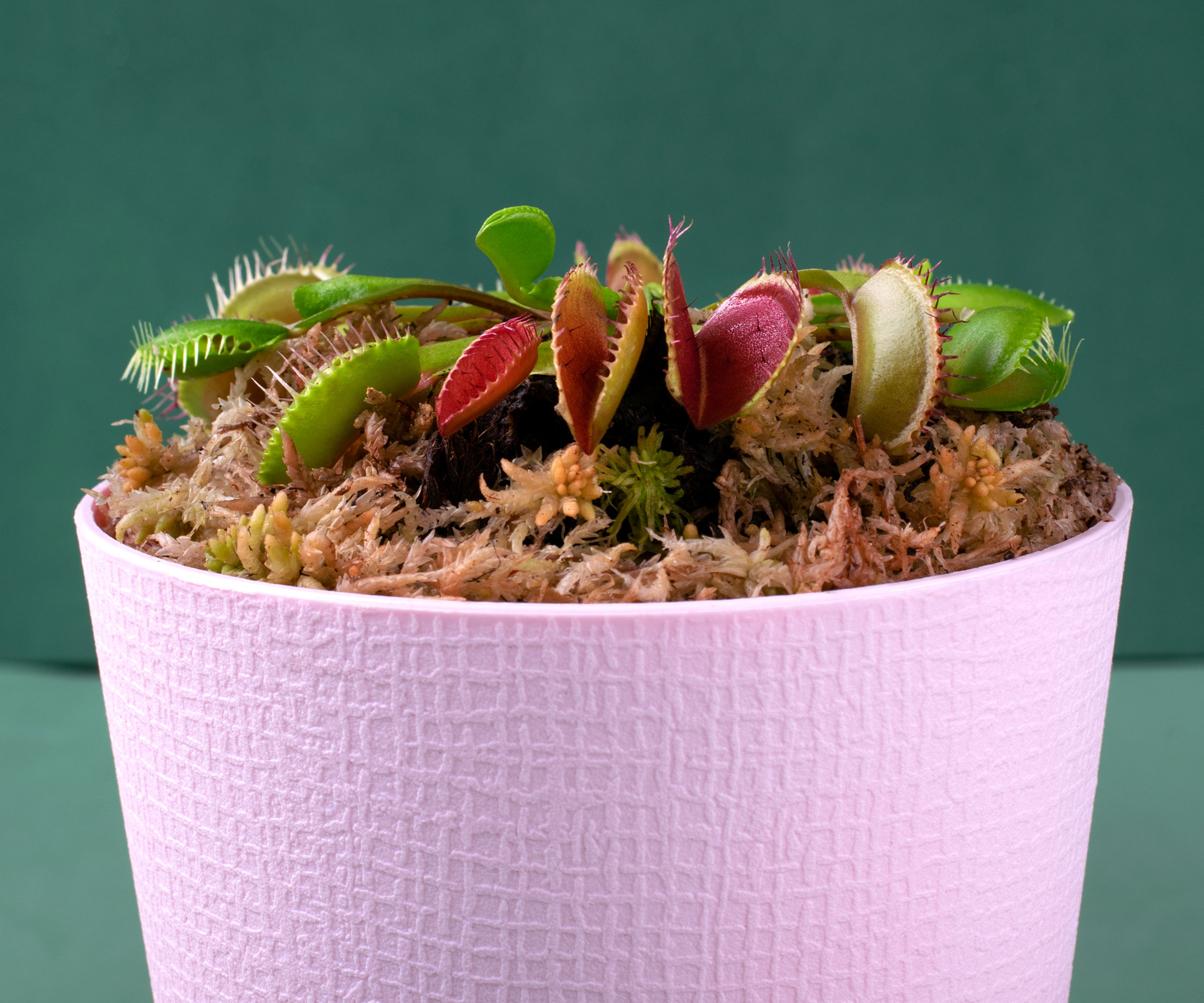
Another carnivorous specimen, the Venus fly trap releases a scent that lures insects to their demise. Their modified leaves open like a clamshell and have an attractive pinkish-red color on the inside, flanked by toothy appendages. When an insect lands on the pink flesh, the trap closes, enfolding its prey and digesting the insect. These plants are also sensitive to many municipal water supplies. They should be kept indoors and placed near a window with indirect light.
This King Henry Venus Fly Trap from Wellspring Gardens at Amazon is delivered as a live plant ready to start catching fruit flies.
8. Nasturtiums

Nasturtiums – affectionately known as nasties – are brightly colored flowering plants with tiny lily pad-like leaves. While very ornamental, nasturtiums can also be eaten and brighten up a garden salad with their colors and peppery flavor. As a pest control, nasturtiums have a scent that confuses insects and masks food smells. They also contain compounds that repel certain pests.
It's quick and easy to grow nasturtiums from seed, so no need to buy starter plants. This Sweet Yards Nasturtium Jewel Mix, available at Amazon, provides three vibrant colors to add a cheery pop of color to the kitchen.

Amy Grant has been gardening for 30 years and writing for 15. A professional chef and caterer, Amy's area of expertise is culinary gardening.
